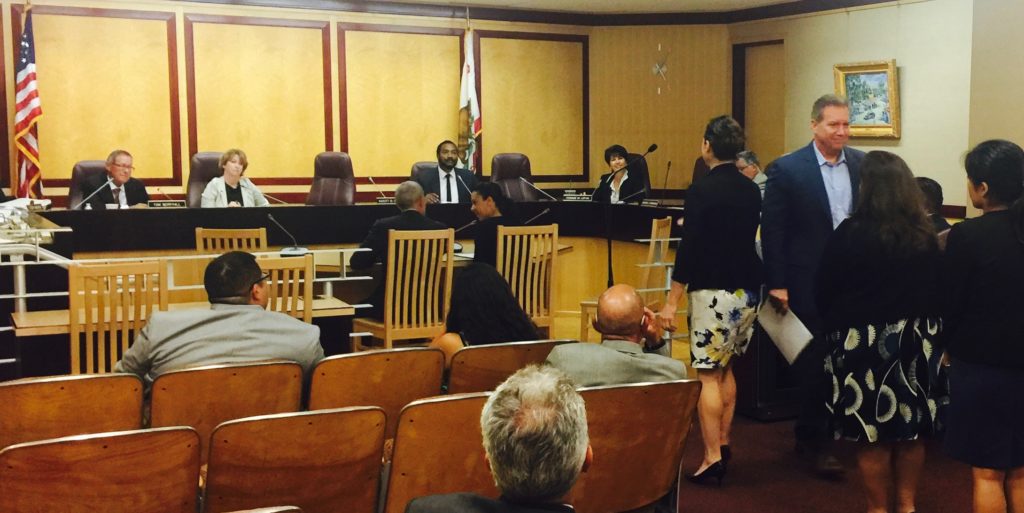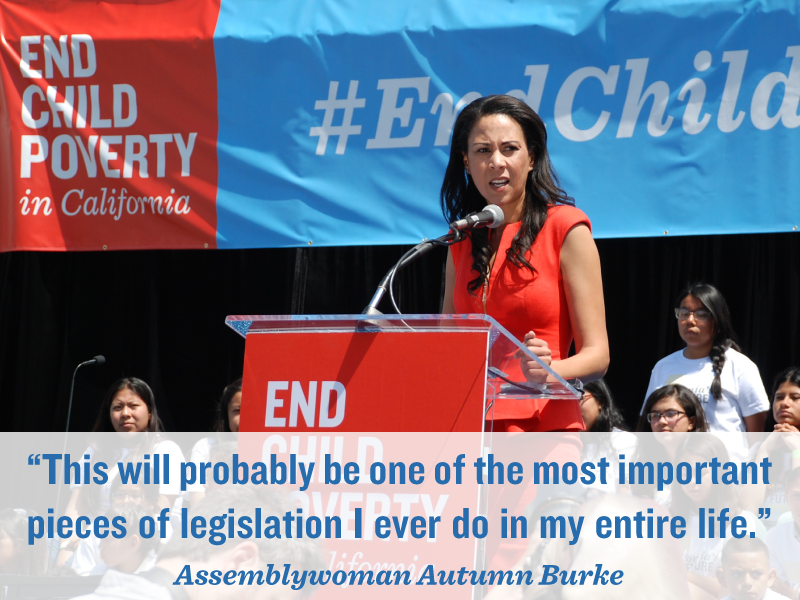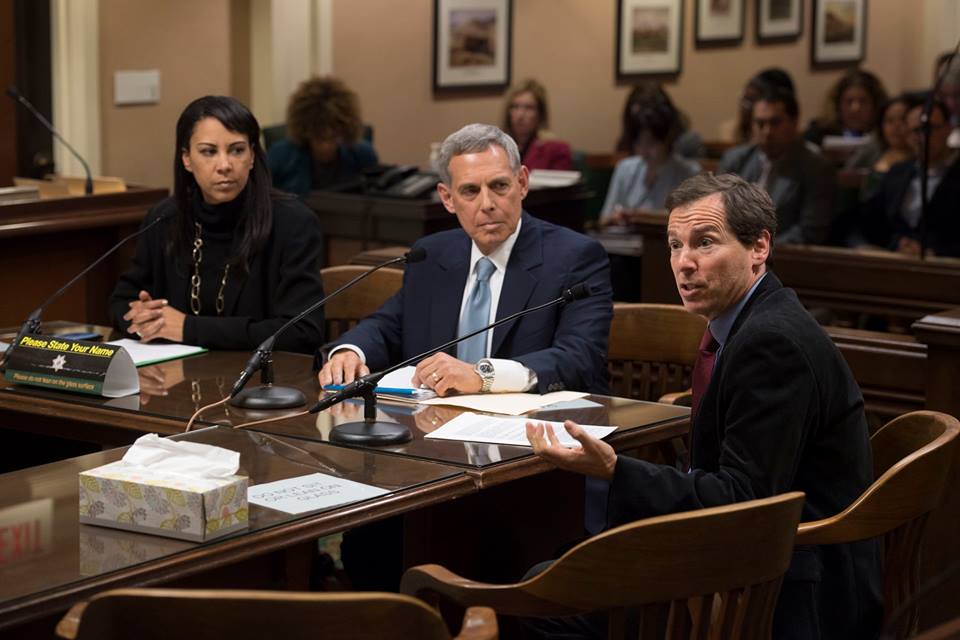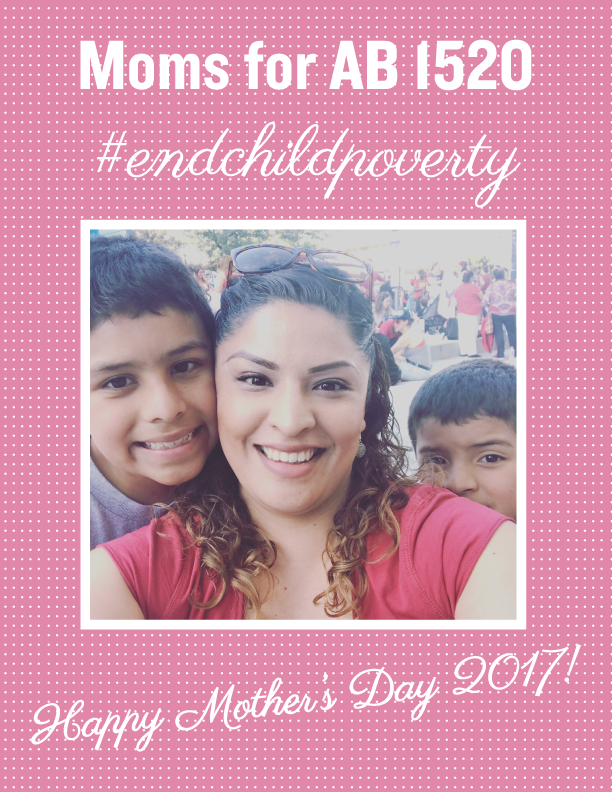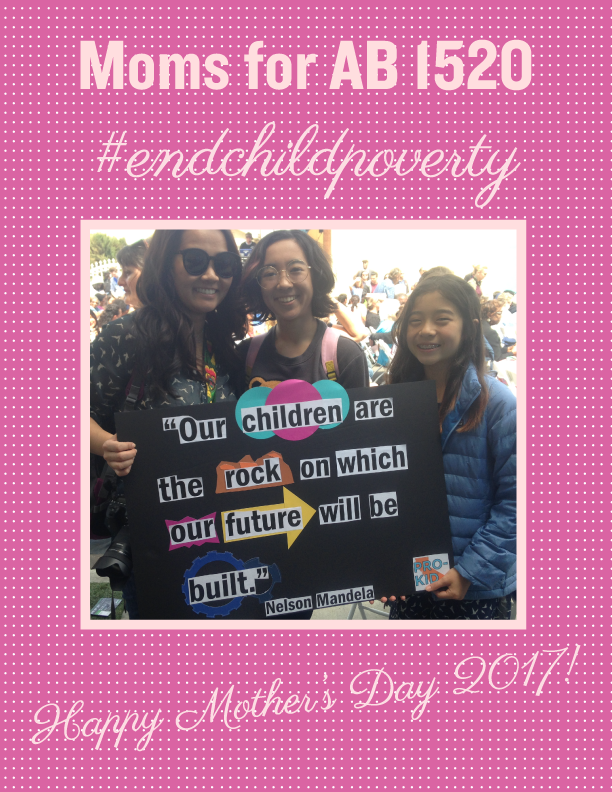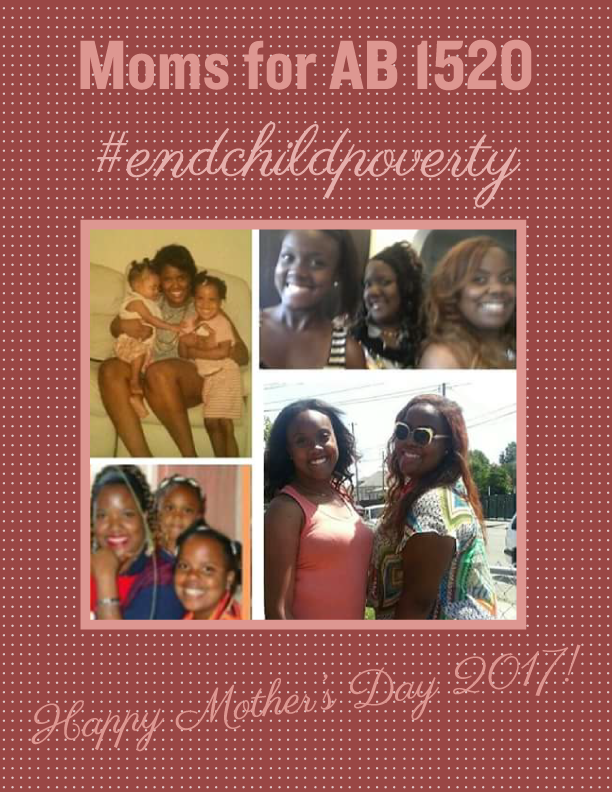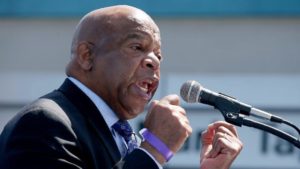Letter to the Editor
From our CEO, Conway Collis:
Here’s what we know: when people learn that California has the highest poverty rate in the country they’re shocked, then outraged, and then ready for action.
We know that people will support legislative goals to end child poverty if they know the reality of the issue. So, last week I wrote a letter to the editor of the LA Times after an article was published with misleading information about child poverty in California. It is exactly these kinds of errors that underline the importance of our efforts to increase awareness of the severity of child poverty in California.
Do me a favor: share my very short article with your friends on Facebook and Twitter.
 |
 |

(If you’re old school like me, you can share the link to this post or copy and paste the letter in an email.)
To the editor: The Times’ article on the Census Bureau report on income levels was informative but misleading in regard to the percentage of people living in poverty, especially in California. (“American households finally earn more than they did in 1999,” Sept. 12)
The article did not use or report on the Census Bureau’s Supplemental Poverty Measure, which factors in the cost of living (such as the price of housing) and is generally considered a much more accurate measure of people’s financial situation. That is especially important in California.
Under that official measure, 20.4% of Californians live in poverty, the highest percentage of any state in the country. That percentage also is virtually unchanged since 2013. Nationwide, 14.7% of people live in poverty under this measure.
Reporting on the more accurate Supplemental Poverty Measure is crucial because the lack of public awareness about the human and fiscal crisis of poverty in California is a major reason that comprehensive, sustained actions have not been taken to reduce it.
Article originally published in the LA Times.
California, which is so often the beacon of progressive politics in the US, has the highest rate of child poverty in the country. We must change this.
I hope this makes you mad (but ready for action). And I hope it compels all of us to fight for our kids.
Thank you for all that you do,
Sincerely,
Conway Collis

